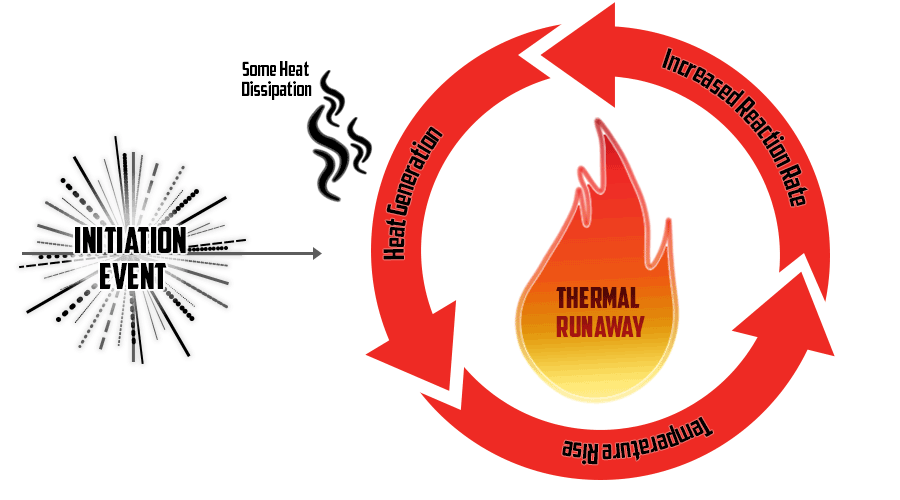Thermal Runway Presentation
| Introduction to Thermal Runaway | ||
|---|---|---|
| Thermal runway is a phenomenon that occurs when a system's temperature rises uncontrollably due to a positive feedback loop. It is a critical concern in various industries, such as electronics, energy storage, and chemical manufacturing. Understanding thermal runaway is crucial to prevent catastrophic failures and ensure the safety of systems and personnel. | ||
| 1 | ||
| Causes of Thermal Runaway | ||
|---|---|---|
| Excessive heat generation: Thermal runaway is triggered when heat generation surpasses the system's ability to dissipate it. Poor thermal management: Inadequate cooling mechanisms, such as insufficient heat sinks or airflow, can contribute to thermal runaway. Chemical reactions: Some chemical reactions, like those in batteries or reactive materials, can release heat and initiate a thermal runaway. | ||
| 2 | ||
| Consequences of Thermal Runaway | ||
|---|---|---|
| Damage to equipment: Thermal runaway can lead to irreversible damage to electronic components, batteries, or other systems. Fire hazards: High temperatures can cause flammable materials to ignite, leading to fires that may be difficult to contain. Safety risks: Thermal runaway can pose significant risks to personnel, especially in industrial settings. It can result in explosions, toxic gas release, or other hazardous situations. | ||
| 3 | ||
| Prevention and Mitigation Strategies | ||
|---|---|---|
| Effective thermal management: Implementing adequate cooling mechanisms, such as proper ventilation or heat dissipation techniques, can prevent thermal runaway. Temperature monitoring and control: Regular monitoring and control of system temperatures can help identify and address potential thermal runaway situations promptly. Design optimization: Ensuring robust design with appropriate safety margins and redundancy can minimize the risk of thermal runaway. | ||
| 4 | ||
| Case Study - Lithium-Ion Batteries | ||
|---|---|---|
| Lithium-ion batteries are prone to thermal runaway due to their high energy density and potential for internal short circuits. To prevent thermal runaway, battery management systems (BMS) are employed, which monitor and control various parameters like temperature and voltage. Advanced designs may incorporate thermal protection systems, such as flame-retardant materials or external cooling methods. | ||
| 5 | ||
| Conclusion | ||
|---|---|---|
| Thermal runaway is a serious concern in various industries and can have severe consequences if not properly addressed. By implementing prevention and mitigation strategies, such as effective thermal management and design optimization, the risk of thermal runaway can be minimized. Continuous research and development in materials and technologies can further contribute to improved safety measures against thermal runaway. | ||
| 6 | ||



